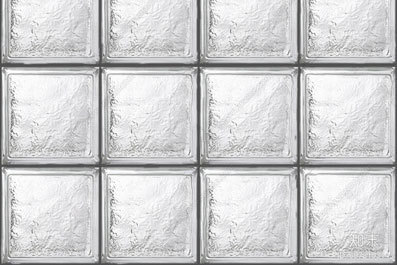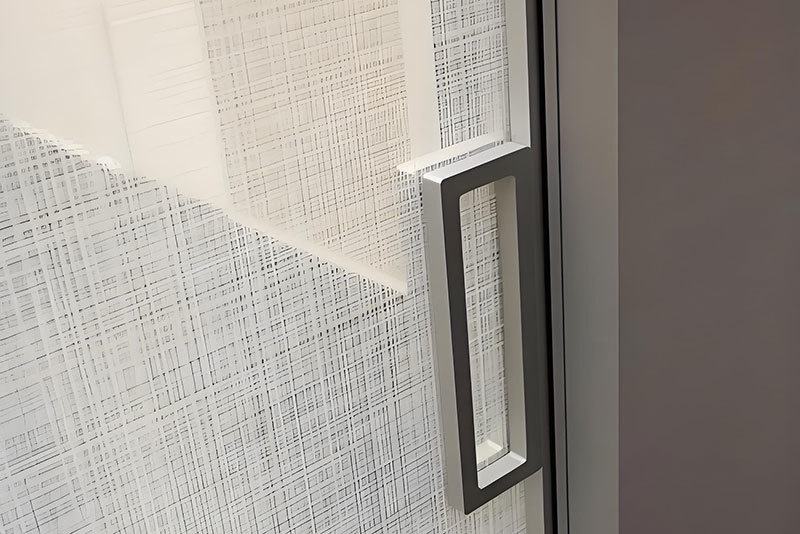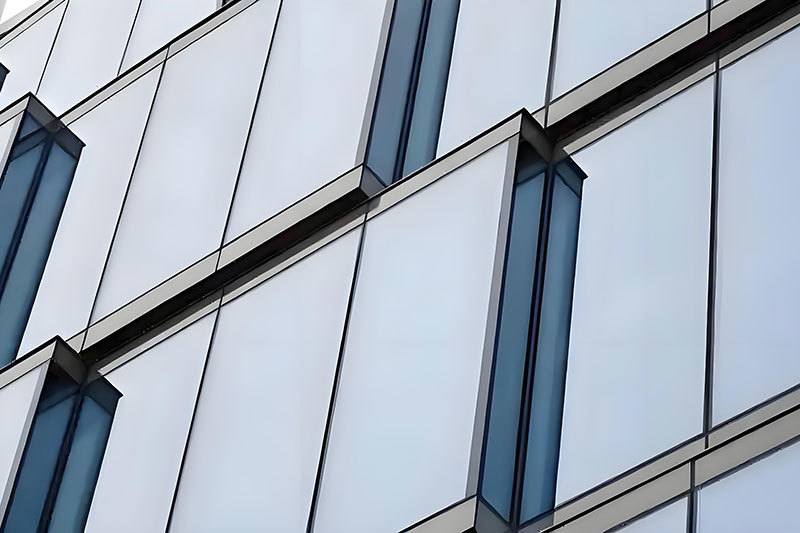






Stained Glass
Categorization:
Stained glass has captivated the hearts and minds of people for centuries, serving as both a functional and artistic medium. This unique form of art involves the use of colored glass pieces, which are arranged and held together by lead came or copper foil. Stained glass is often associated with churches and cathedrals, but its applications extend far beyond religious settings. In this article, we will explore the history, techniques, symbolism, and contemporary uses of stained glass, shedding light on why it continues to be a cherished art form.
**The History of Stained Glass**
The origins of stained glass can be traced back to ancient civilizations, including the Egyptians and Romans, who used colored glass for decorative purposes. However, it was during the Middle Ages that stained glass truly flourished, particularly in Europe. The Gothic cathedrals of the 12th to 16th centuries showcased magnificent stained glass windows, which served not only as decorative elements but also as storytelling devices. These windows depicted biblical scenes, saints, and moral lessons, educating the largely illiterate populace about religious narratives.
One of the most famous examples of stained glass from this period is the rose window of Notre-Dame Cathedral in Paris. Its intricate design and vibrant colors have made it an enduring symbol of Gothic architecture. The art of stained glass continued to evolve, with artisans developing new techniques and styles, such as the use of grisaille (a technique using shades of gray) and the incorporation of enamels.
**Techniques and Materials**
Creating stained glass is a meticulous process that requires a combination of artistic vision and technical skill. The first step involves designing the artwork, often using sketches or paintings to plan the composition. Once the design is finalized, artisans select the appropriate colors and types of glass. Different glass-making techniques, such as blowing, casting, and fusing, can be employed to achieve various effects.
After selecting the glass, the artisan cuts it into the desired shapes using a glass cutter. The pieces are then assembled and secured together using lead came or copper foil. Lead came is a U-shaped channel that holds the glass pieces in place, while copper foil allows for more intricate designs by enabling smaller pieces to be joined. Once assembled, the stained glass is soldered together, and a patina is often applied to enhance its appearance.
The final step involves cleaning and polishing the glass to ensure it reflects light beautifully. The interplay of light and color is what makes stained glass so enchanting, as it transforms the surrounding space, creating an ethereal atmosphere.
**Symbolism and Meaning**
Stained glass is rich in symbolism, often reflecting the beliefs and values of the culture from which it originates. In religious contexts, the colors and images used in stained glass windows carry deep spiritual significance. For example, blue is often associated with heaven and divine grace, while red represents the blood of Christ and martyrdom. The use of light in stained glass is also symbolic; it represents divine illumination and the presence of the sacred.
Beyond religious symbolism, stained glass can also convey themes of nature, love, and humanity. Many contemporary artists explore personal and societal narratives through their stained glass works, using the medium to comment on issues such as identity, environmentalism, and social justice. This ability to convey complex messages through a seemingly simple art form speaks to the enduring power of stained glass.
**Contemporary Uses of Stained Glass**
While stained glass is often associated with traditional settings, contemporary artists are finding innovative ways to incorporate it into modern design. Stained glass is now being used in homes, offices, and public spaces, adding a touch of artistry to everyday environments. From decorative panels and room dividers to skylights and light fixtures, stained glass can enhance both aesthetic appeal and functionality.
Moreover, stained glass workshops and classes have gained popularity, allowing individuals to explore their creativity and learn the craft. Many artists are experimenting with new techniques, such as digital printing on glass, which opens up exciting possibilities for design and expression.
In addition to its artistic applications, stained glass is also being used in restoration projects, preserving historical pieces that have been damaged over time. Skilled artisans work diligently to repair and restore these windows, ensuring that future generations can appreciate their beauty and significance.
**Conclusion**
Stained glass is more than just a decorative art form; it is a testament to human creativity and ingenuity. Its rich history, intricate techniques, and profound symbolism make it a unique medium that continues to inspire artists and audiences alike. As we move forward into an increasingly modern world, stained glass remains a timeless art that bridges the past with the present, inviting us to reflect on our shared humanity and the beauty that surrounds us. Whether viewed in a grand cathedral or a contemporary home, stained glass will undoubtedly continue to illuminate our lives with its vibrant colors and captivating stories.
Keyword:
Stained Glass
Submit Message
If you are interested in our products, please leave your email and we will contact you as soon as possible, thank you!
Contact us
ADD:Beijing Science and Technology Park, Bohai New District, Cangzhou City, Hebei Province, China
Tel:+86-13230732117
Email:hbyhsglass@163.com





